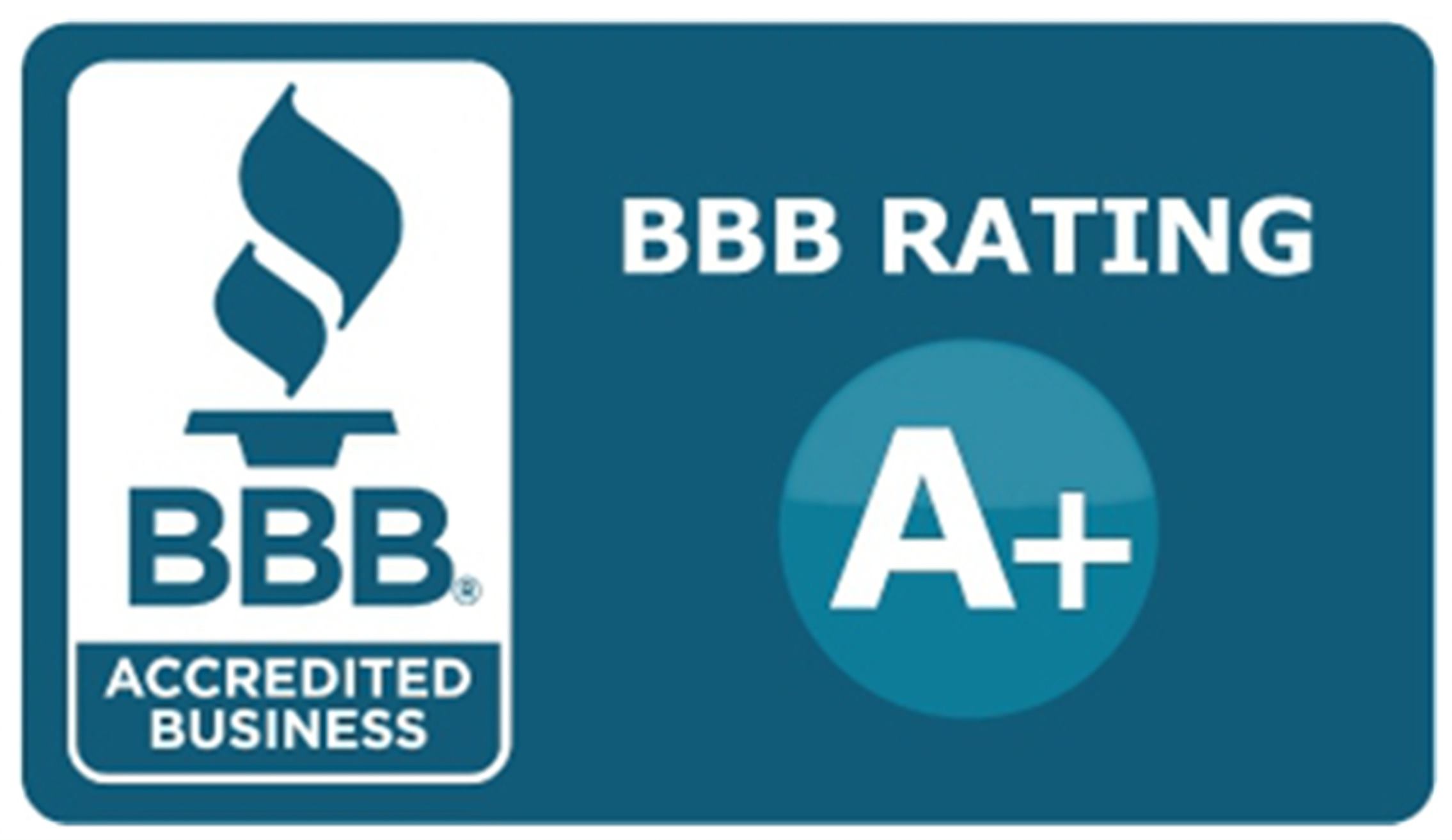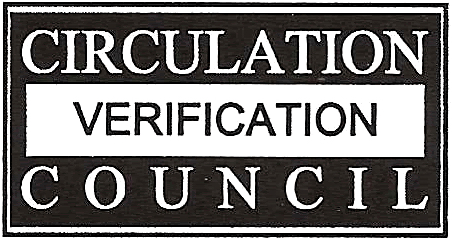Hispanic Millennials are considered to be a major target for companies looking to reach the US Hispanic market. Ranging in age from 18-29, these young Hispanic adults account for 21% of the total Millennial market nationwide and can compose as much as 51% of the Millennial population in New Mexico and 42% of the Millennial demographic in California.*
In many cases, Hispanic Millennials also have more disposable income than non-Hispanic Millennials. This, in part, can be due to the acceptance of Latino young adults living at home during their early adult years and establishing stability in their life.** During this time, they are able to devote more money to paying off their debts as well as not having to worry about paying bills that their other Millennial counterparts find to be a part of their daily lives.
In fact, on average, while Hispanic Millennials generally will spend less money per trip to retail stores, they often make more trips and as a result spend more annually than their Caucasian Non-Hispanic counterparts at retail channels.* This in part is due to increase in average income, which can be considered related to a greater amount of Hispanic Young Adults pursuing their college education.*
With the Hispanic Millennial growth in overall population as well as increase in disposable income, no wonder why they are starting to be considered more of a target for companies looking to further their advertising reach in the US Hispanic Market!
So, the question really then is how do we effectively reach this demographic? In many cases, the new Latino young adult is bilingual or Spanish-speaking, accounting for 69% of all Hispanic Millennials.* And while the Hispanic Millennial may prefer to engage with mobile devices, it has been seen that when it comes to broadcast television, they preferred Spanish broadcast networks, but English cable channels.*
Looking at this, we can understand that while the Hispanic Millennial is engaged with more non-traditional shows in English, they still value their culture and identify with conventional Latino channels. As a result, to provide a stronger response when advertising for the Latino young adult, companies should look to celebrate the Hispanic culture of the Latino Millennial while also maintaining a modern edge. Advertisers would also be wise to note that Hispanic Millennials have demonstrated the highest percentage of penetration for smartphone ownership in the United States and are actively engaged in all things from social media, to apps, to shopping* and working to develop a dynamic mobile marketing campaign should provide an added improvement in the campaign’s response.
* Hispanic Retail 360, nielson “Understanding Latino Diversity, New Insights Into Three Important Hispanic Segments”
** Hispanic Retail 360 “Hispanic Millennials Are MOre Optimistic, Carry Less Debt“









